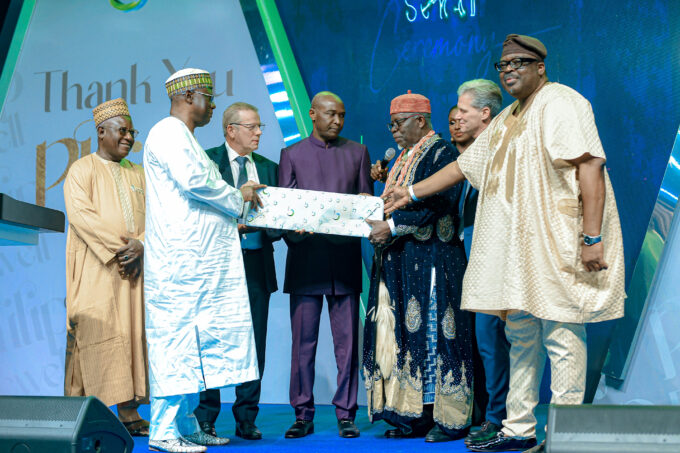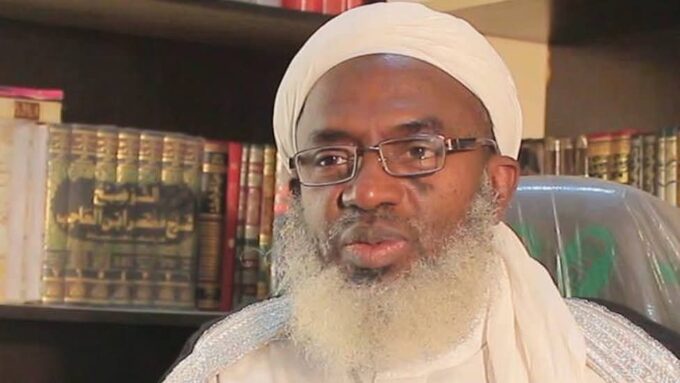…Africa to get more than 65% of fund
A global coalition of development partners announced today their commitment to maintain momentum in the fight against extreme poverty, with $82 billion for the International Development Association (IDA), the World Bank’s fund for the poorest.
Confiance News gathered from the bank through a statement it released on Friday.
The financing, which includes more than $53 billion (about 65 percent of total financing) for Africa , will help countries invest in the needs of their people, boost economic growth, and bolster resilience to climate shocks and natural disasters.
“Today’s commitment by our partners is a strong sign of their support for the urgent mission to end extreme poverty and promote shared prosperity in the poorest and most vulnerable countries,” said World Bank Group President David Malpass. “We are grateful for their continued trust in IDA and its ability to deliver good development outcomes for people most in need.”
Two thirds of the world’s poor—almost 500 million people—now live in countries supported by IDA. The funding will allow IDA to reinforce its support to job creation and economic transformation, good governance, and accountable institutions.
It will also help countries deal with the challenges posed by climate change, gender inequality, and situations of fragility, conflict, and violence, including in the Sahel, the Lake Chad region, and the Horn of Africa.
IDA will renew its support to facilitate growth and regional integration, including investments in quality infrastructure.
The IDA Private Sector Window will continue enabling the International Finance Corporation (IFC) and the Multilateral Investment Guarantee Agency (MIGA) to mobilize private sector investment in challenging environments, a critical component to meet the scale of financing needed in developing countries.
IDA’s resources are replenished every three years; this 19th replenishment will cover the period from July 1, 2020, to June 30, 2023. The new funding will support projects that deliver life-changing results, including:
Essential health, nutrition, and population services for up to 370 million people;Safe childbirth for up to 80 million women through provision of skilled health personnel;Enhanced access to broadband internet for 50 to 60 million people;Immunizations for up to 140 million children;Better governance in up to 60 countries through improved statistical capacity; and an additional 10 GW of renewable energy generation capacity.
To promote greater equity and economic growth, IDA will also tackle broader development challenges, such as enhancing debt sustainability and transparency; harnessing and adapting to transformative digital payment technology; promoting inclusion of those living with disabilities; strengthening the rule of law; and investing in human capital, including efforts to achieve universal health coverage.
Along with these priority areas, IDA will sharpen its focus on crisis preparedness, resilience building, and supporting countries in their national climate-related action plans.
The successful replenishment of IDA has been supported by contributions from 52 governments; additional countries are expected to pledge in the near term. It is also supported by repayments of outstanding IDA loans, contributions from the World Bank, and financing raised from the capital markets. This unique financial model enables IDA to achieve greater development impact than any other organization.
The International Development Association (IDA) is one of the largest sources of funding for fighting extreme poverty in the world’s poorest countries. IDA provides zero- or low-interest loans and grants to countries for projects and programs that boost economic growth, build resilience, and improve the lives of poor people around the world. Since 1960, IDA has provided more than $391 billion for investments in 113 countries.
As an institution of the World Bank Group, IDA combines global expertise with an exclusive focus on reducing poverty and boosting prosperity in the world’s poorest countries. Seventy-four countries, including low-income countries, small states, and island economies, are eligible to benefit from this replenishment package.
(World Bank)













Leave a comment